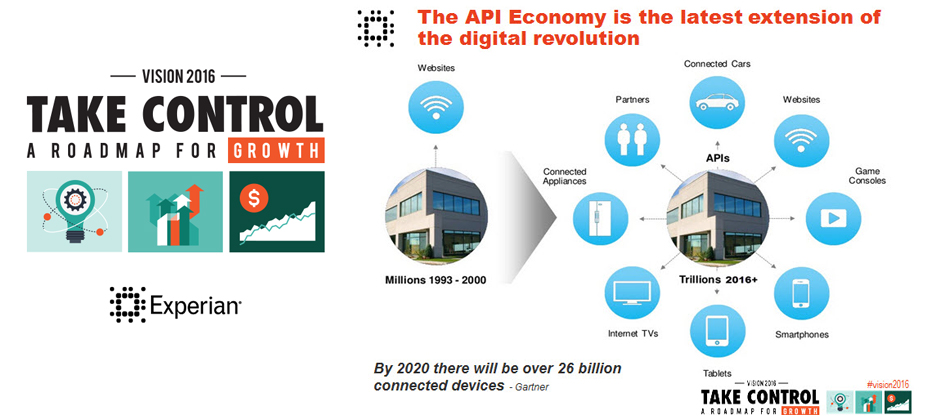Tag: vision2016

Part 2 in our series on Insights from the Vision 2016 fraud and identity track With the growing number of data breach incidents taking place the stolen data from those attacks is being used to carry out social engineering attacks used to commit call center fraud. A recent study stated that global call center fraud has increased more than 45% in the last three years as fraudsters use social engineering to steal data and turn profits. The same report found that criminals might make up to 5 calls to a center, pretending to be the victim, before completing a fraudulent transaction. The importance of strong call center authentication procedures is greater than ever. At the 35th annual Vision Conference, Bobbie Paul from Experian’s Global Consulting Practice, Stefan Schubert from JPMorgan Chase and I led a session about call center authentication. After introductions and a discussion about existing call center identity authentication techniques, Stefan took the podium and provided an excellent overview of how his company approaches call center authentication. He made an interesting point — despite introducing friction into his process, he was not of the opinion that knowledge-based authentication (KBA) was going away any time soon because of how deeply it is embedded into their processes and its applicability to most consumers. He also called out the importance of reviewing KBA configurations regularly to adjust which questions are being asked and the positive implication to deterring fraudsters. Bobbie followed Stefan to discuss emerging call center authentication technologies, including a new take on an old tool — document imaging. She also discussed the notion of phone printing, which does not specifically evaluate the voice on the phone, but looks at the characteristics of the call itself, including the type of phone being used and the environment from which the call is being made. One of the highlights of the session was the interaction with the audience — including a demonstration of how, with a little distraction, it was easy to walk away with an audience member’s phone, how a fraudster could access and compromise a phone and how a gummy bear could be used to defeat fingerprint biometrics. What I, and many others, took away from this is that even with newer fraud detection tools available, incorporating tried-and-true methods like KBA is still an important step into a holistic fraud detection strategy.

The numbers are staggering: more than $1.2 trillion in outstanding student loan debt, 40 million borrowers, and an average balance of $29,000. In fact, a recent Experian study revealed consumer debt is decreasing in every major consumer lending category with the exception of student loans. Student loans have increased by 84 percent since the recession (from 2008 to 2014) and surpassed home equity loans, home-equity lines of credit (HELOC), credit card debt and automotive debt. While the student loan issue has been looming for years, the magnitude is now taking center stage with each 2016 presidential candidate weighing in on solutions. In an effort to provide deeper insights into the student debt universe, Experian’s Kelley Motley and Holly Deason will share a new analysis at Vision 2016 in a session titled, Get educated – a study in the student lending marketplace. They will be joined by Gordon Cameron, executive vice president of PNC. Among the findings they will share include a snapshot of consumers with student loans from three time periods – Pre-recession (December 2007), Recession (December 2009) and Post-Recession/Current (December 2015). At each of these time periods, they will reveal trends around outstanding debt, delinquencies, originations, and also a compare how consumers with student loans rank when it comes to Vantage Score distribution. Finally, their data will explore opportunities for consolidation, showing segments that might be best suited for receiving offers from financial institutions based on Vantage Score, debt and total number of trades. Click here to learn more about Vision 2016 and the session on student loans.

There is a revolution going on! We are in the midst of the second phase of the digital revolution and it is being fueled by API’s. API’s provide the access and mapping that allow access to and integration of the myriad of existing and new data sources available today. They do really helpful things like allow Uber to revolutionize the connection of riders to drivers as well as allow for quick, self-service credit decisions by integrating Experian data within Salesforce.com. Digital disruptors like Uber have scaled their business to massive size at breakneck speed because they can design, build and deploy solutions quickly. API’s and cloud computing play a central role in all of this. You will hear representatives from Uber share how API’s enabled the flow of Experian data through Salesforce.com enabling them to launch new business models, and enter new markets. Listen to Mike Myers as he shares a short overview of his Vision 2016 breakout session in this short video. Don’t miss this innovative Vision 2016 session! See you there.